P-39Q Airacobra 1:72 Arma Hobby - Model review
Nothing lights up keyboards more than the announcement of the next Arma Hobby model. This premiere was also accompanied by great publicity. Especially since AH's PR person knows Facebook, so for several weeks the atmosphere around the new model has been successfully heated on the fanpage and the manufacturer's blog. Therefore, on modeling forums, often stormy discussions began on the subject of numerous betrayals and negligence of the designer. I decided to check it myself, especially since AH sent me a sample for this purpose.
The fall of 2022 brought significant changes. The inscription "Expert Set" has disappeared from the box, and there is no plate with photo-etched elements inside. It is true that this component of the set has been getting smaller for some time due to the increasingly better quality of plastic elements, some modelers may, however, feel the lack of metal seat belts.
70055 P-39Q Airacobra
Box has a pretty good boxart,
The reverse side shows the available painting schemes.
The content, as usual, is packed in a plastic bag.
There are many plastic elements - they have been divided into two sprues:
There is also one trapnsparent sprue.
And the rest of box content:
As I mentioned, there is no badge inside. There are masks, however, and due to the fact that in the case of the P-39 the nose has to be weighed down, the box comes with three steel balls to be placed in the prepared sockets. In my case, there is one association - AH follows Tamiya's Lightning. Anyway, it is not the only common element linking the models of the Japanese manufacturer with the Polish company.
The daze came only after changing the lens to the one for macro photography. First, however, a pictorial photo of the reference device. :)
Let's start with the wings:
The main landing gear bay also has very nice details:
Let's take a look inside the cockpit:
As you can see, everything is delicate and sophisticated. Some elements have relief holes that can be drilled by more courageous modelers. The instruments panel is eye-catching. This in combination with a decal will surely give a great result. You can also see a small contraction cavity in the last photo.
Speaking of imperfections, I also show the ones I found on the underbody covers as a chronicler. It's hard to call it issues at all, and getting rid of this inequality is a matter of few seconds with sandpaper.
Coming back to the general shape of the plane, a lot of discussion was raised by the canvas-covered control surfaces.
Maybe they are too high, I am not able to measure them. It won't be a big problem to sand it down to the right height.
In the last photo, the only visible issue I have found. However, there is no great betrayal here - this fragment will be completely covered by a wheel.
The main landing gear flaps are cleverly designed, along with a fragment of the main landing gear bay wall.
In my opinion, we get another great model from a Polish manufacturer, who chose one of the world's best companies issuing plastic models as a role model. And frankly speaking, it is close to reaching that ideal. Once again, the 1:72 scale model has more details than many a 1:48 ones. To be completely happy I miss the fully riveted model released by Arma. I consider some of the accusations against the Warsaw company to be exaggerated, the steering surfaces are far from the grater or railroad tracks, as it was called, it is also difficult to compare the dividing lines on the Airacobra to those known from the Airfix models. It is true that you can have complain about the lack of photoetched seat belts or monotonous painting shemes. For me, however, it is more important that the basis the painting scheme are a historical photos and the almost legendary fitting of AH models. Photoetched seat belts and decals for more attractive shemes can be obtained as a aftermarkets.
From the cockpit, it is close to the front landing gear bay.
Here there are positive rivets that look very good.
Maybe they are too high, I am not able to measure them. It won't be a big problem to sand it down to the right height.
Other elements:
In the last photo, the only visible issue I have found. However, there is no great betrayal here - this fragment will be completely covered by a wheel.
The fuel drop tank looks interesting:
The main landing gear flaps are cleverly designed, along with a fragment of the main landing gear bay wall.
I also looked at the clear parts:
and masks:
I also took some photos of instructions sheet. I have the impression that with each model it is more affordable.
Critical steps are marked in red.
The last five pages show the paint schemes.
Quite diverse, and there is a plus for Polish scheme.
Finally, the decals. Printed by Techmod, so of well-known quality.
Since I had some time, I decided to quickly check if the parts fit as it should be.
The parts are stuck together with masking tape and maskol. I can confirm that this is another very good project and putty if it is needed in two or three places.






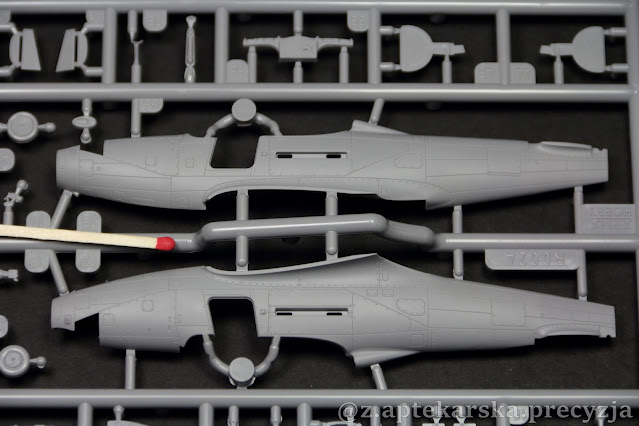


































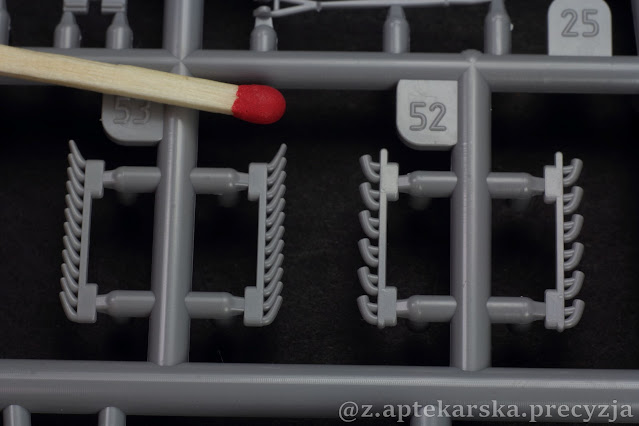










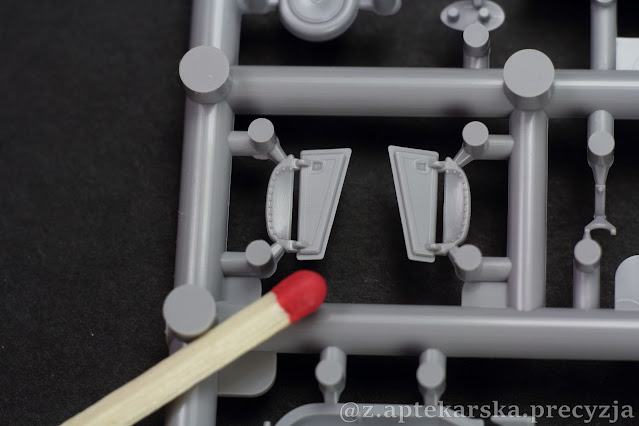




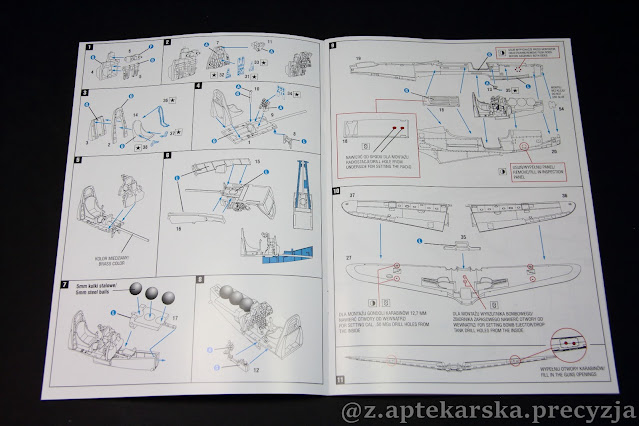

















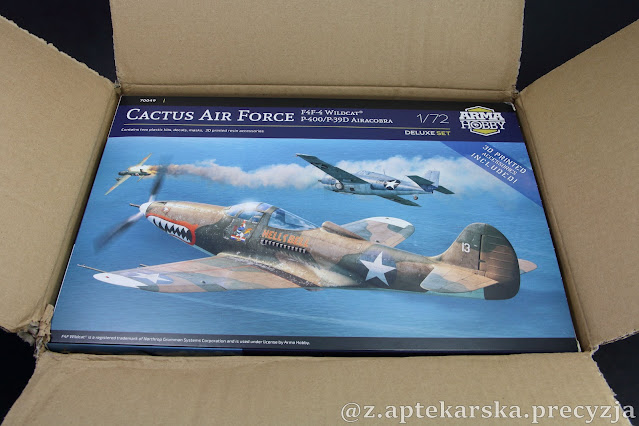
.png)
Comments
Post a Comment